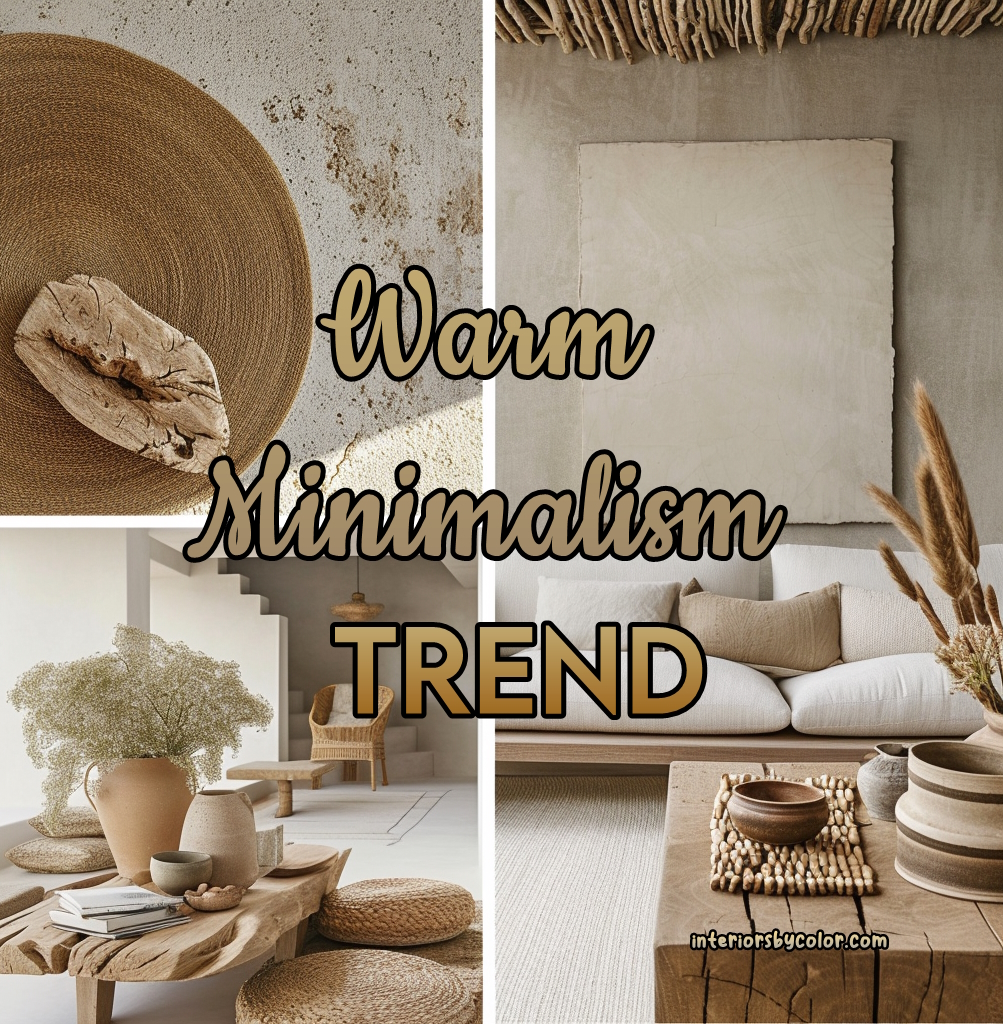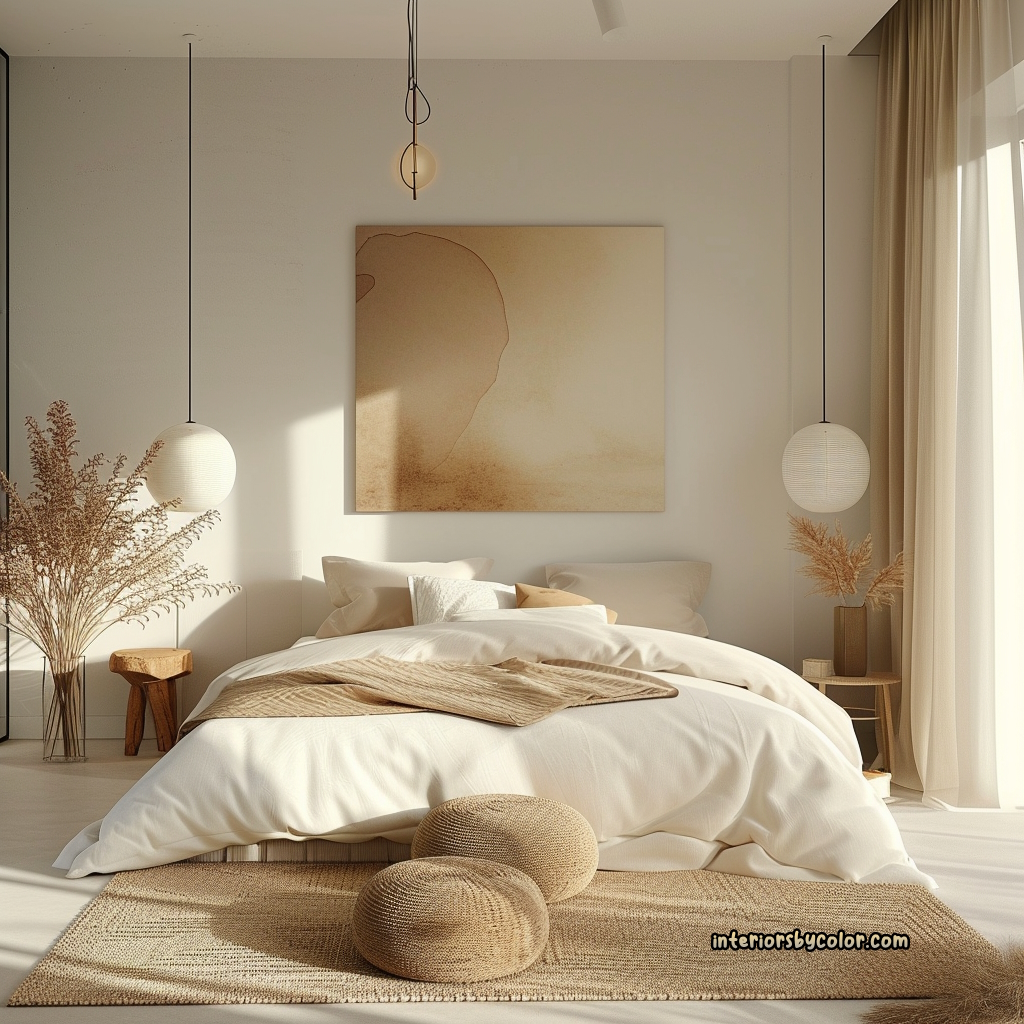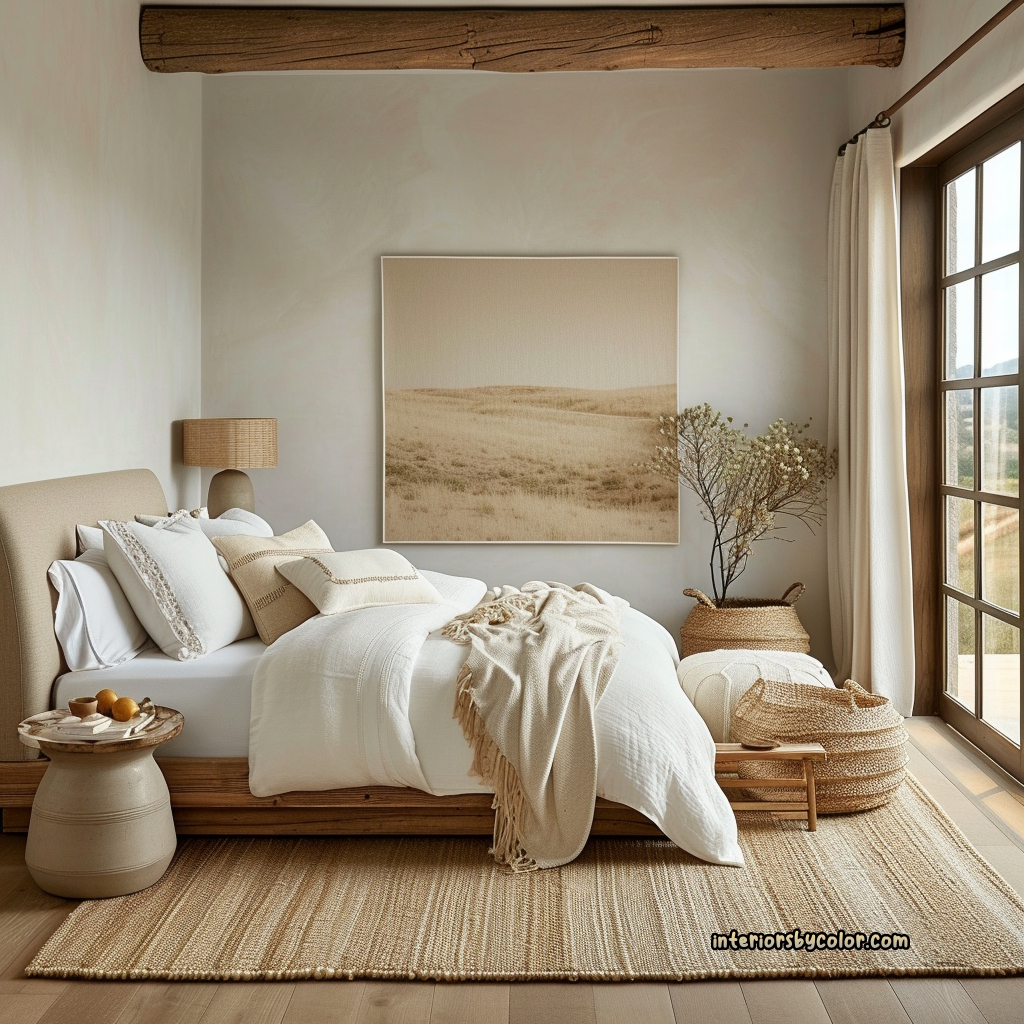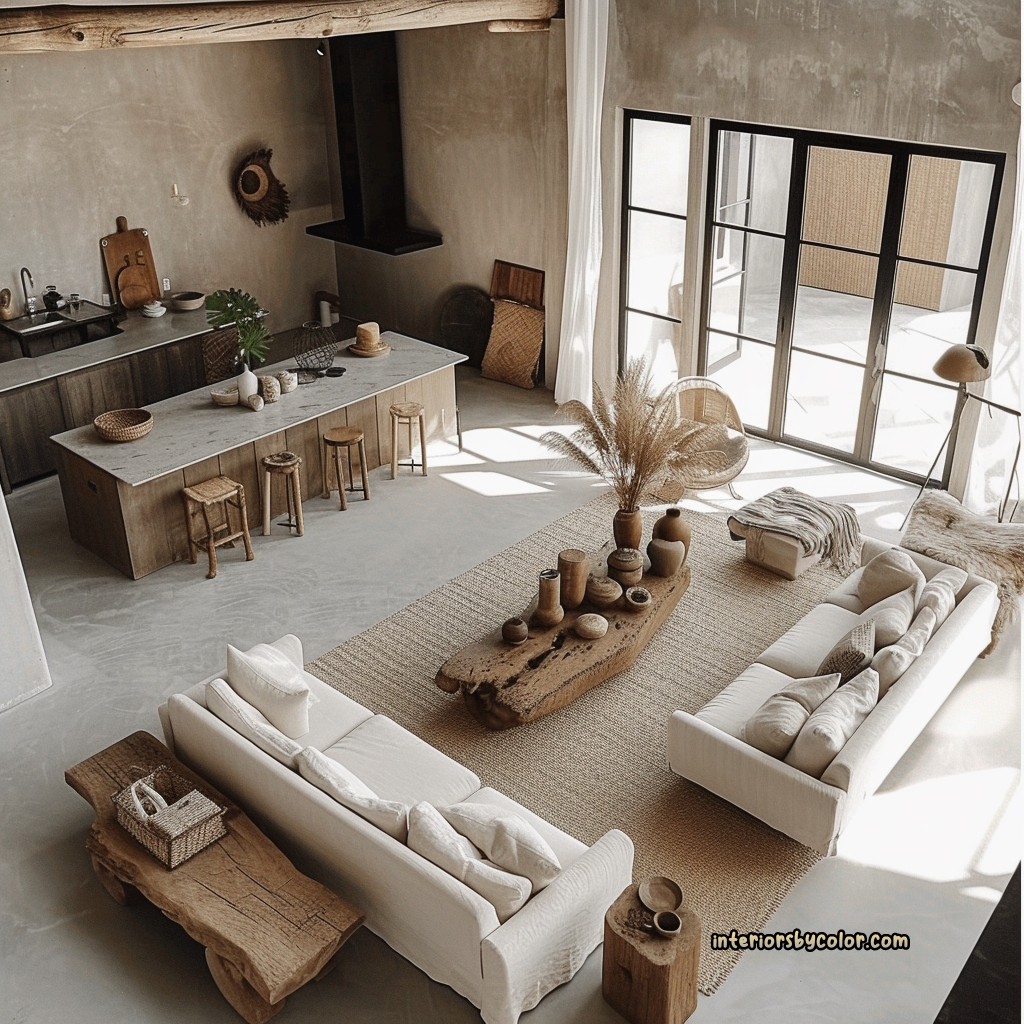The Warmth of Minimalism: Creating Inviting Interiors with Less
Minimalism often gets a bad rap for feeling cold, stark and unwelcoming. But when done right, minimalist design can create soothing, elegant spaces that still feel rich and textural. The key is warm minimalism – an approach that pairs back design while maintaining a sense of comfort and livability.

Defining Warm Minimalism
Warm minimalism brings together the best elements of minimalist and natural design. It focuses on simplicity and removing visual clutter, but embraces natural materials, textures and a muted color palette to keep the space feeling warm and welcoming.
This pared-back approach celebrates high quality craftsmanship of furnishings and decor rather than trendy or loud pieces. The overall look is relaxed yet elegant – clean lines and neutral hues meet vintage patina, handmade ceramics, and reclaimed wood. Spaces feel curated but not overly manicured.

Creating Soothing, Textural Spaces
A warm minimalist interior uses a soft, neutral color scheme of light taupes, creams, whites, and wood tones. Pops of color come from organic elements like plants, fruits, and flowers rather than bright paint colors or fabrics. Think of selecting neutral paint colors for walls.
Natural fibers and finishes add subtle texture and coziness through materials like cotton, wool, linen, rattan, wood and stone. Macrame, ceramic and reclaimed wood accents complement the muted color palette with visual interest through their aged, textural qualities.

Thoughtfully edited furniture creates a sense of spaciousness while keeping the functionality and comfort of a lived-in home. Upholstered seating, wool rugs, and wood accent tables provide softness and warmth against more sleek, modern furniture silhouettes.
Letting the Light In
Warm minimalist spaces utilize natural light through large windows, skylights, and glass doors. White walls and light color schemes reflect daylight and make the space feel open and airy. To balance the lightness and prevent glare, wood or brick architectural elements anchor the space and add organic depth.
Textural elements like drapery in natural fibers become backdrops that temper harsh light. Floor-length linen curtains filter the sunlight in a bedroom. A cozy wool throw tossed on a chair warms up a sun-drenched reading nook.

Celebrating Authenticity
At its heart, warm minimalism celebrates simple, authentic design. Natural finishes like oxidized metals, raw wood, unsealed concrete, and unfinished clay create a raw yet refined aesthetic. The patina, cracks, and irregularities in these organic materials add character and warmth.
This honesty of materials aligns with the honesty of form that defines minimalism. Clean lines, open layouts, and multipurpose furnishings strip design down to its essentials. Hidden storage, neutral palettes, and clean surfaces maintain a sense of simplicity and order.
Bringing in the Warmth
Warm minimalism proves that less can be more inviting. It embraces restraint and simplicity without sacrificing comfort or character. Natural textures, authentic materials, muted colors and thoughtful editing create minimalist spaces people want to spend time in. Paired with architectural warmth and elegant craftsmanship, warm minimalism offers an intimate, livable interpretation of defined by style rather than trends.
Warm Minimalist Checklist
- Neutral color palette – sticks to light, natural hues like cream, taupe, grey, and wood tones
- Natural materials and textures – wood, stone, ceramic, wool, cotton, linen add organic depth
- Textural elements – woven rugs, wood grain, reclaimed materials feature imperfections that add character
- Restrained furnishings – edited down to essentials, sleek silhouettes, multifunctional pieces
- Handcrafted accents – pottery, macrame, wood carvings provide unique details
- Natural light – ample windows, skylights, and glass doors to let light in
- Raw, authentic finishes – unsealed concrete, oxidized metals, unfinished wood
- Plants and organic elements – fresh flowers, fruits, greens liven up muted palette
- Vintage/antique touches – worn patina offers contrast to sleek
- Cozy textiles – wool throws, linen curtains, sheepskin rugs add softness
- Sense of history – reclaimed furnishings and industrial pieces add character
- Relaxed refinement – feels curated but not overly manicured
- Multipurpose spaces – open floor plan, few walls or dividers
- Hidden storage – keeps clutter out of sight for tranquil feel
- Artisan crafts – handmade ceramics, woven wall hangings, custom woodwork